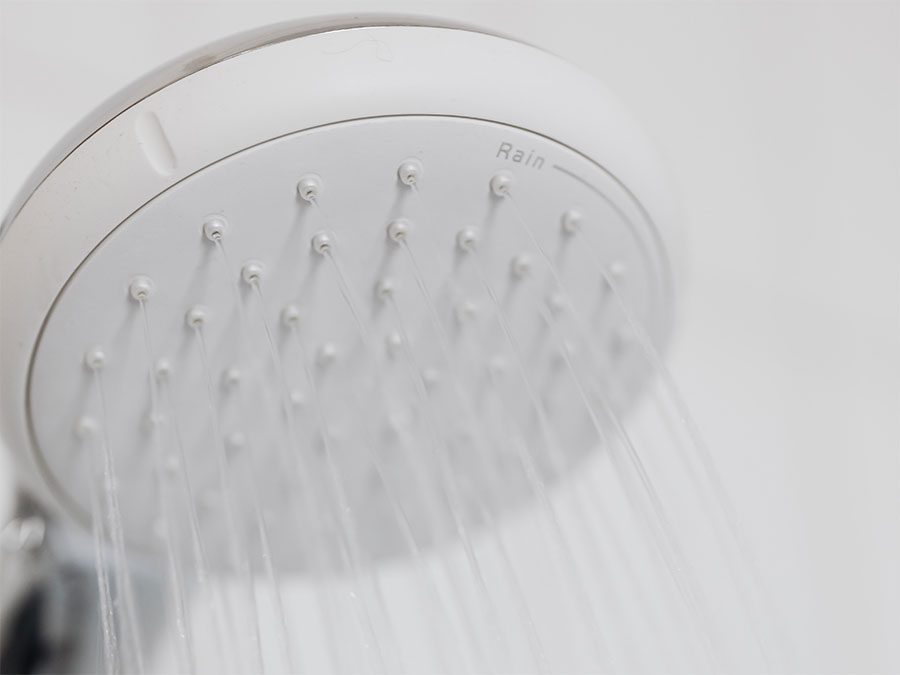
SCALE
Dissolved calcium and magnesium salts are primarily responsible for most scaling in pipes and water heaters and cause numerous problems in laundry, kitchen, and bath.
Scale deposits from hardness buildup affects fixtures and appliances found throughout the entire home or business.
Scale deposits are a typical indicator of hard water.
Hard water is a common quality of water which contains dissolved compounds of calcium and magnesium and, sometimes, other divalent and trivalent metallic elements.
The term hardness was originally applied to waters that were hard to wash in, referring to the soap wasting properties of hard water. Hardness prevents soap from lathering by causing the development of an insoluble curdy precipitate in the water; hardness typically causes the buildup of hardness scale (such as seen in cooking pans). Dissolved calcium and magnesium salts are primarily responsible for most scaling in pipes and water heaters and cause numerous problems in laundry, kitchen, and bath. Hardness is usually expressed in grains per gallon (or ppm) as calcium carbonate equivalent.
The degree of hardness standard as established by the American Society of Agricultural Engineers (S-339) and the Water Quality Association (WQA) is:
| Degree of Hardness | Grains per Gallon (gpg) | ppm (or mg/L) |
| Soft | <1.0 | <17.0 |
| Slightly Hard | 1.0-3.5 | 17.1-60 |
| Moderately Hard | 3.5-7.0 | 60-120 |
| Hard | 7.0-10.5 | 120-180 |
| Very Hard | >10.5 | >180 |
Symptoms include:
- Stiff, dingy laundry
- Mineral deposits on dishes and glassware
- High soap usage & need for fabric softeners
- Extra work to remove soap curd on bathtubs & shower stalls
- High energy costs, possibly due to scale build-up in pipes and on appliances
- Scale build up in sinks, tubs, faucets & appliances
Click here for national data on hard water occurrence from the U.S. Geological Survey.
Scale deposits from hardness buildup affects fixtures and appliances found throughout the entire home or business.
For this reason, hardness is typically addressed with treatment of water for the whole house or building rather than just at a specific faucet. Hardness minerals can be reduced in water for the whole house to make it “softer” by using one of the following means:
- Chemical softening—lime softening, hot and cold; lime-soda softening
- Membrane separation softening—Nano filtration
- Cation exchange softening—inorganic, carbonaceous, or organic base exchangers
Water treatment can improve hardness issues.


